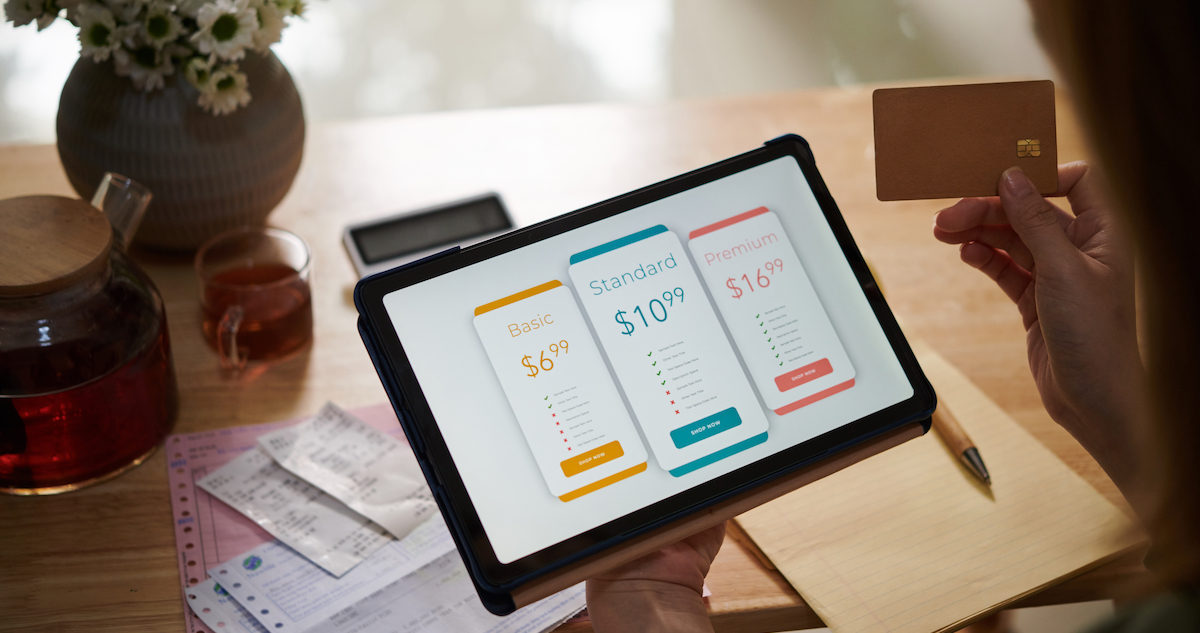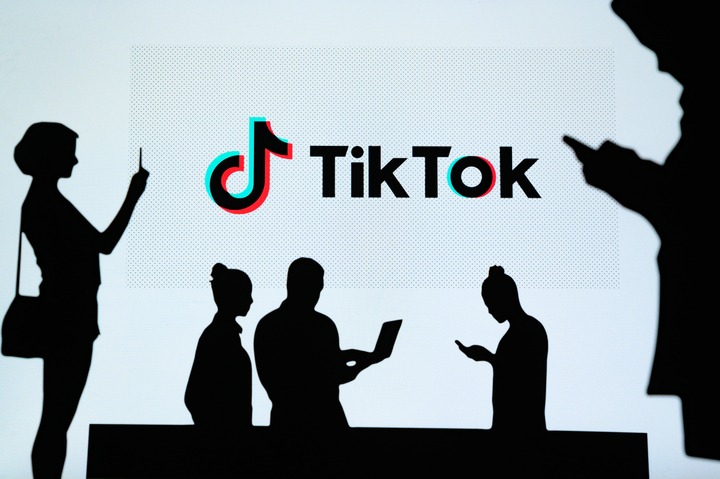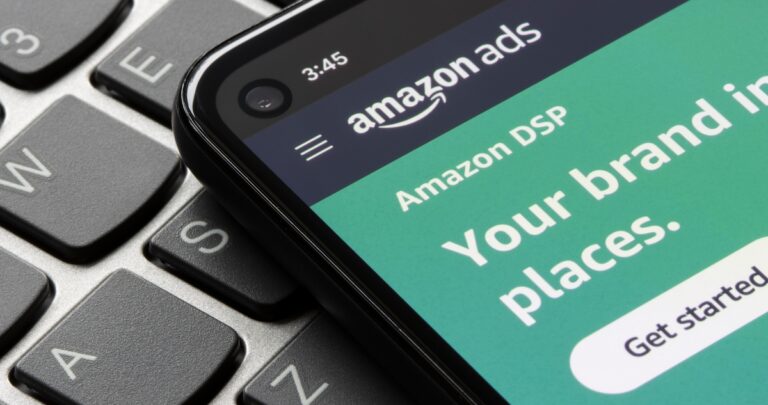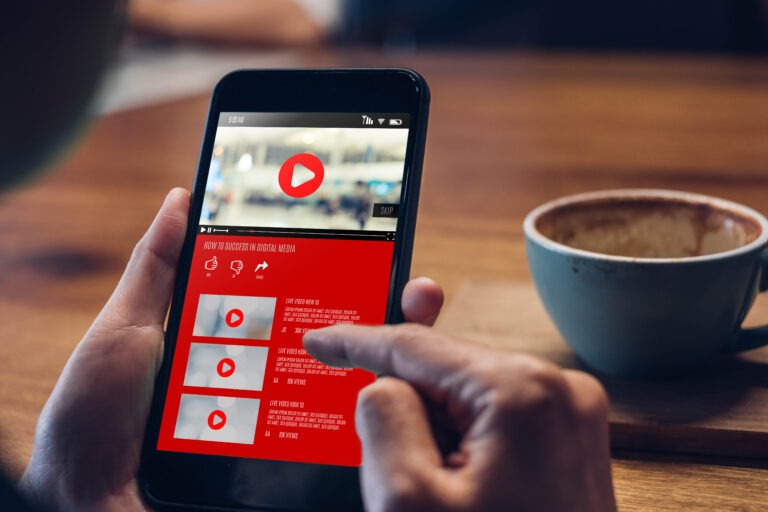Today, more and more apps and platforms are heading in the direction of a subscription model. The number one reason for this is to make money consistently and over the long-term. However, just a few years ago subscriptions mostly fell under the category of newspapers. But jump forward in time to today and almost anything under the sun can be turned into a subscription. From beer and food to online streaming platforms like Netflix. The subscription model possibilities are truly limitless.
In a way, subscriptions do more than just generate revenue. Essentially their focus is on maintaining and growing customer relationships. In fact, almost 54% of online shoppers in the U.S are reportedly subscribed to an e-commerce subscription service. So, if you’ve got a product or service to offer the public you’re likely wondering if a subscription model is the best way forward for you.
What is a subscription model?
A subscription business model is when a business sells its products/services on a scheduled or monthly basis and customers pay a regular fee. This gives customers ongoing access to a particular product/service. In theory, any business could reap the benefits of subscription commerce. Although before getting on the subscription bandwagon, a business does need to consider a few key points.

- Is your product/service necessary?
For your subscription to be a success, it has to be sought after. If it doesn’t technically warrant a subscription you could be wasting valuable time and money. - How does your product/service compare to a standalone purchase?
If a standalone purchase is available and is also cheaper, customers aren’t really going to opt for a regular payment. So, make sure that your subscription has value in the eyes of the customer. They’ll only sign up for a subscription if it’s worth its salt by saving them time and money. - Does your product/service fill a market need?
In a post-pandemic world, competition is steep. So your product/service must offer consumers a much-needed solution. They shouldn’t be able to get your product/service cheaper anywhere else. - Does your product/service match your target audience?
You must know your market. Simply launching a subscription service without direction won’t give you a clear idea of who your customers are. Do more market research before implementing a major subscription.
Qwikster, (sometimes referred to as Netflix Mistake) is a good example of a subscription service that did not work. Some years ago, Netflix decided to launch Qwikster to operate as a DVD subscription service separate from Netflix. Until this point, DVD rentals and online videos were part of the Netflix subscription plan, but by splitting the services into two separate subscriptions, customers had to pay more money. Within a month, Netflix lost a million subscribers and Qwikster was chalked down to a failed attempt and was completely scrapped.
3 different types of subscription models
When it comes to a subscription model there’s no one size fits all rule. Here are three examples of subscription model types you can follow.
Hybrid model: Customers have a combination of subscription and usage options and revenue has varying and fixed terms. For example, you may pay a flat rate service like mobile data, but you may also pay coverage fees for additional call minutes.
Pure model: This offers a subscription period so revenue is predetermined per that period such as Spotify’s flat-rate monthly fee.
Consumption model: This amount is determined through use so revenue varies. Uber is an example of usage revenue.
How can a subscription model work for my business?

For a subscription model to work, you need to utilize aspects that help you create a smooth journey. This works even though customers adjust their subscriptions over time. You can also track the metrics to ensure you’re following the right course.
Here are a few steps you can follow to get there:
1. Customer value is critical.
When you run a subscription service providing value to your customers is vital. Especially since you’re asking them to pay and renew.
2. Use metrics to track your system
Subscriptions focus on customer retention so, giving your customers value leads to recurring revenue. Having a tool to measure customer retention is also a great way to make sure it grows.
Final thoughts
Essentially, a subscription model allows businesses to secure customers for a certain period. It forms a long-term relationship, between the business and the customer, so companies can tailor particular aspects to suit customers’ needs. However, a subscription model needs authenticity to succeed. Faking it isn’t gonna make it long-term. And customers will only purchase and renew their subscriptions if they believe their experience was genuinely valuable. As daunting as this may sound, getting close to your customers is an incredible opportunity for growth. If you get to know your market as well as what they want you will create a two-way street of value from you to the customer.
With that in mind, we’d like to wish you well as consider your own subscription model. And if you need to hire a voice actor to go with the marketing campaign to promote your subscription, Voice123 has just the voices you need to make it work. Why not take a moment to post a project for free? You’ll then have access to incredible voice over samples to give you a feel for what your final project will sound like. So, don’t delay, be sure to post today.




































































































